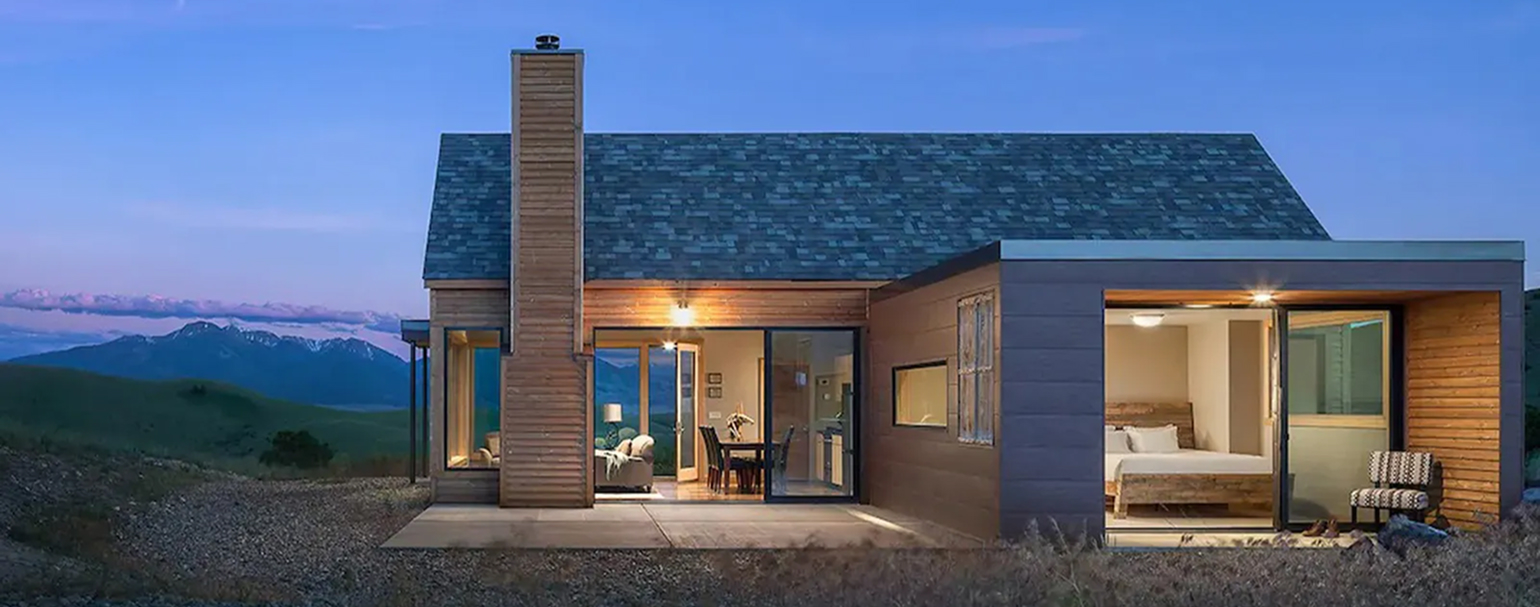
Get your cost segregation report
in 15 minutes
Save thousands in taxes and increase your cash flow
Years of Experience
Cost Basis Analyzed
Studies Completed
IRS Acceptance Rate
Trusted by Real Estate Investors Nationwide
(55 reviews)
Cost segregation is for property owners
who want to reduce their taxable income
Not sure if Cost Segregation makes sense for you?
Process and Pricing
Step 1
Get FREE Estimate
Input some basic info about your property and get a FREE estimate of the potential tax savings, cash flow increase, and ROI from a cost seg report
Takes 2 minutes
Step 2
Generate Report
When you’re ready, input your property details and INSTANTLY generate your cost seg report. We also offer review by our experienced engineering team
Takes 15 minutes and starts at ~$595
Step 3
Save Money!
After generating your cost seg report, implement the results into your federal and state tax filings and save money on your income taxes!
First-year tax savings of ~8% of your purchase price
Why Choose Us
Nationwide Experience
We have completed cost segs in all 50 states over the last 20 years
Lifetime Audit Protection
We stand behind our work with comprehensive audit protection
No Studies Rejected
The IRS has accepted 100% of our studies because of our engineering-based methodology and high quality reports
Have questions?
Or talk to us directly. We're here to help.
Increase the cash flow of your real estate portfolio today!
In 2 minutes, see how much you could save on your taxes
Get Your FREE Estimate